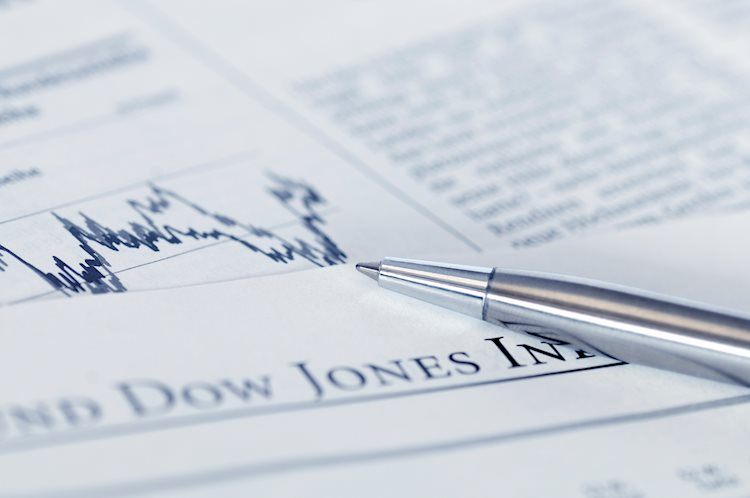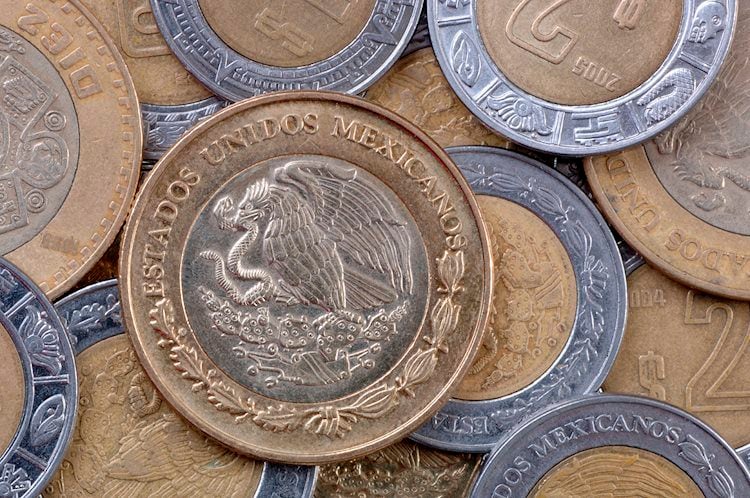On the final trading day of the week, gold is up for the third day in a row, with all eyes on the much-anticipated US NFP data release to confirm the positive reversal from two-month bottoms of $1751. Despite the US dollar’s continued rise against its major counterparts, the gold price is recovering. The Fed’s readiness to use monetary policy normalization as a tool has emerged as the primary driver of the dollar’s rise. The US Treasury yields, on the other hand, are on a losing streak, which has fueled gold’s rise. Concerns about the impact of the Delta covid strain flareups on global economic recovery have boosted gold at the expense of risk-sensitive assets.
The destiny of gold now rests on the US NFP data, which is expected to provide new clues about the Fed’s next policy move. If the data disappoints, as it did last time, gold would likely reclaim $1800, while the dollar will reverse recent advances.
Read: NFP Predictions: Four Reasons Why June’s Jobs Report Could Be Bad for the Dollar
According to the Technical Confluences Detector, gold is rapidly approaching the previous day’s high of $1783, above which the bulls will face strong resistance around $1790.
The SMA100 one-day, Fibonacci 23.6 percent one-month, and Fibonacci 23.6 percent one-week all coincide at the same level.
For gold buyers, the convergence of the previous week’s high and the pivot point one-week R at $1796 will be a difficult nut to crack.
Meanwhile, as long as gold price holds $1776, which has a dense cluster of good support levels – SMA10 one-day, Fibonacci 61.8 percent one-week, and SMA200 one-hour – the positive trend will continue.
The Fibonacci 61.8 percent would be exposed one-day at $1772 if the last was breached.
Further south, at $1767, the confluence of the previous day’s low and pivot point one-day S1 may act as a safety net.
The TCD (Technical Confluences Detector) is a tool that locates and highlights price levels where indicators, moving averages, Fibonacci levels, Pivot Points, and other indicators are converging. If you’re a short-term trader, you’ll look for counter-trend entry points and hunt for a handful at a time. If you’re a medium-to-long-term trader, this tool will help you predict where a medium-to-long-term trend will halt and rest, where you should unwind positions, and where you should raise your position size./n
Read More




